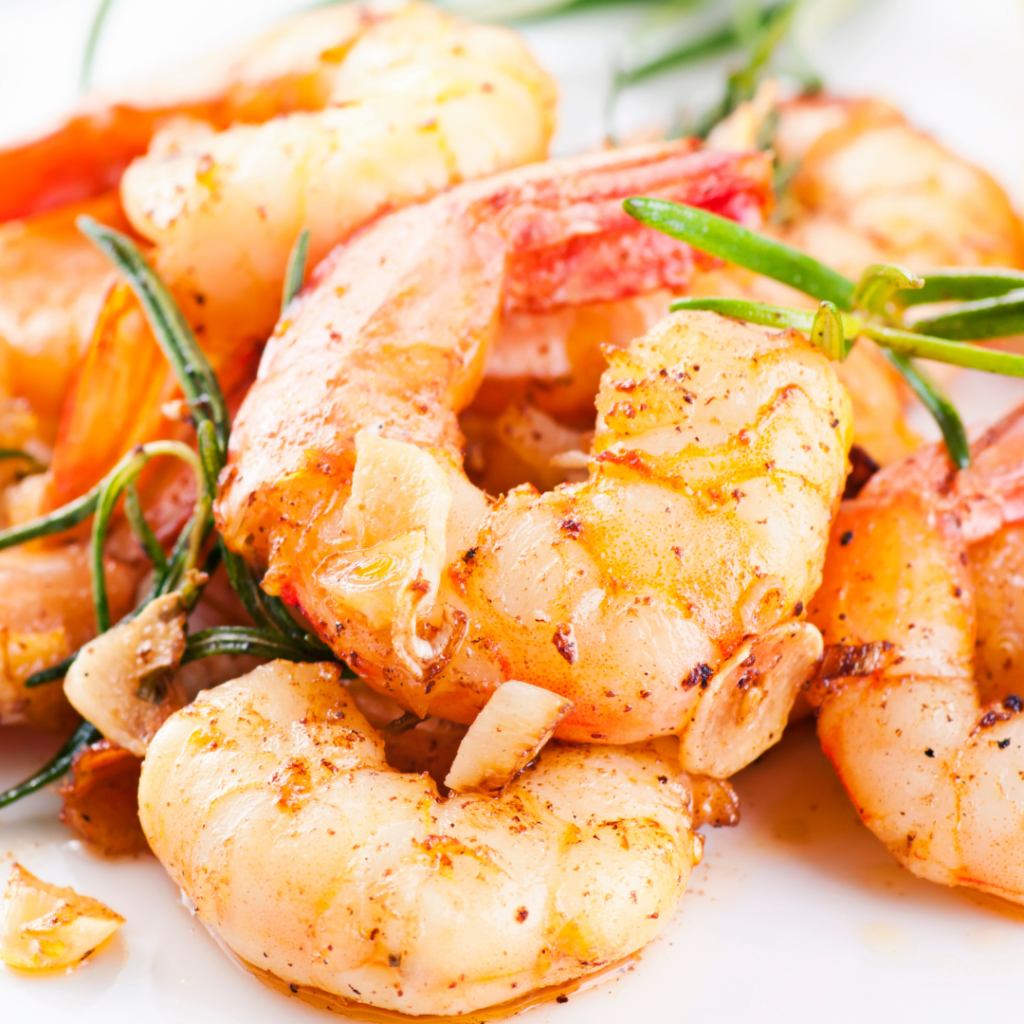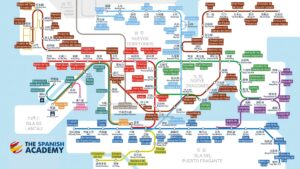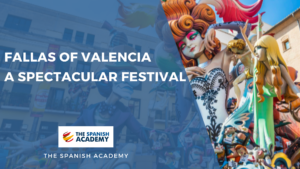Discover authentic Spanish Christmas food traditions with our comprehensive guide to festive Spanish dishes. From turrón to cochinillo asado, explore Spain’s most beloved holiday recipes.
Sweet Spanish Christmas Food and Desserts
1. Turrón (Traditional Spanish Nougat)

Origin: Originated in Alicante and Jijona, Valencia region
Types:
- Turrón de Alicante (hard): Made with whole almonds and honey
- Turrón de Jijona (soft): Created with ground almonds for a buttery texture
- Modern variations: Chocolate, fruit, and yogurt flavors
Traditional ingredients: Almonds, honey, egg whites, sugar
Serving suggestions: Cut into small diamonds
Storage: Keeps for months in cool, dry conditions
Quality indicators: Look for “Denominación de Origen” label
2. Polvorones and Mantecados

Origin: Andalusian specialties, particularly from Estepa
Key differences:
- Polvorones: Made with almonds, very crumbly
- Mantecados: Made with lard, more compact
Traditional ingredients:
- Base: Flour, sugar, lard
- Variations: Cinnamon, cocoa, lemon
Serving tips: Handle gently as they break easily
Storage: Up to 3 months in airtight container
Main Spanish Christmas Food Specialties
3. Cochinillo Asado (Roast Suckling Pig)

Preparation:
- Age of pig: 2-6 weeks old
- Cooking time: 2-3 hours
- Temperature: 175°C (350°F)
Key characteristics:
- Crispy skin
- Tender meat
- Traditional seasoning: Salt, garlic, thyme
Serving tradition: Cut with plate edge rather than knife
Best regions to try: Segovia, Madrid, Castile and León
Wine pairing: Ribera del Duero red wine
4. Cordero Asado (Roast Lamb)

Traditional preparation:
- Cut: Leg or shoulder
- Cooking time: 4-5 hours
- Temperature: Low and slow at 150°C (300°F)
Seasoning. Regional variations:
- Northern Spain: More herbs
- Central Spain: Simpler seasoning
Accompaniments:
- Roasted potatoes, vegetables
- Garlic
- Rosemary
- Thyme
- Olive oil
Seafood Spanish Christmas Food (Marisco)
5. Gambas al Ajillo (Garlic Shrimp)

Preparation time: 15 minutes
Key ingredients:
- Fresh shrimp
- Garlic
- Spanish olive oil
- Guindilla peppers
Serving style: In ceramic cazuela
Best with: Crusty bread for sauce
6. Langostinos (King Prawns)

Preparation methods:
- Grilled
- Boiled
- Salt-baked
Serving suggestions:
- With homemade mayonnaise
- Lemon wedges
- Fresh parsley
Selection tips: Look for firm, bright shells
Special Christmas Breads
7. Roscón de Reyes

Traditional timing: January 6th (Epiphany)
Shape: Ring-shaped bread
Decorations:
- Candied fruits
- Sugar crystals
- Hidden surprises inside
Modern variations:
- Cream-filled
- Chocolate-covered
- Nutella-filled
Serving: With hot chocolate or coffee
Conclusion: Discover Spanish Christmas Through Food and Language
The magic of Spanish Christmas cuisine extends far beyond its exceptional flavors: it’s a gateway to culture, traditions, and most importantly, the Spanish language. Each dish not only tells a story of Spain’s rich cultural heritage but also carries unique vocabulary and traditional expressions that enrich your Spanish learning experience.
Why Spanish Christmas Food is Key to Language Learning
- Specialized Vocabulary: Each dish introduces unique culinary terms
- Cultural Expressions: Learn festive phrases and food-related sayings
- Regional Diversity: Discover different dialects and linguistic variations
- Social Interaction: Perfect scenarios for practicing Spanish
- Cultural Immersion: Deep understanding of Spanish customs
Benefits of Learning Spanish Through Christmas Gastronomy
- Contextual Learning: Vocabulary comes alive in real situations
- Cultural Motivation: Food as a bridge to Spanish culture
- Real Practice: Opportunities to converse about recipes and traditions
- Social Understanding: Insight into Spanish family customs
- Authentic Connections: Ability to participate in local celebrations
Ready to immerse yourself in Spanish Christmas culture?
Discover Our Spanish Language Courses for adult Beginners: more info
- Native Spanish teachers
- Small group classes
- Interactive learning methodology
- Both online and in-person options
Contact us today to start your Spanish language journey!




